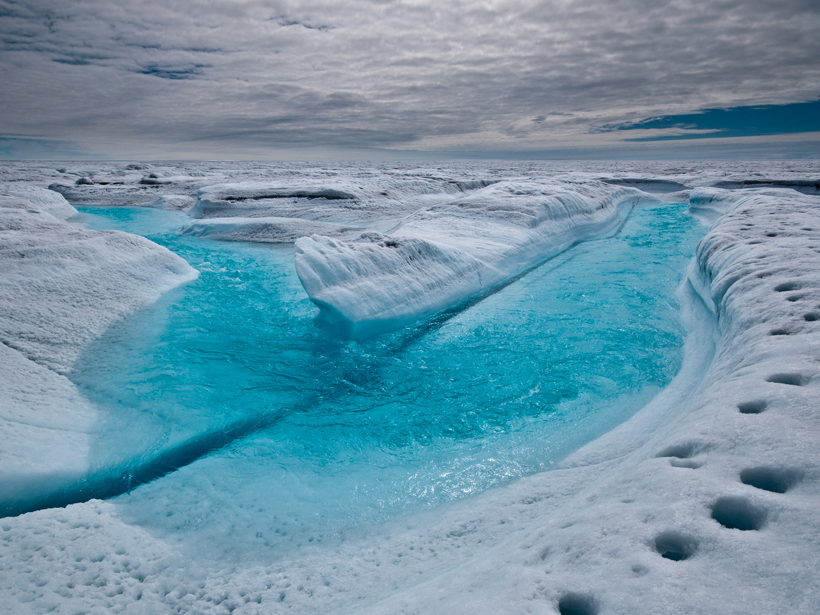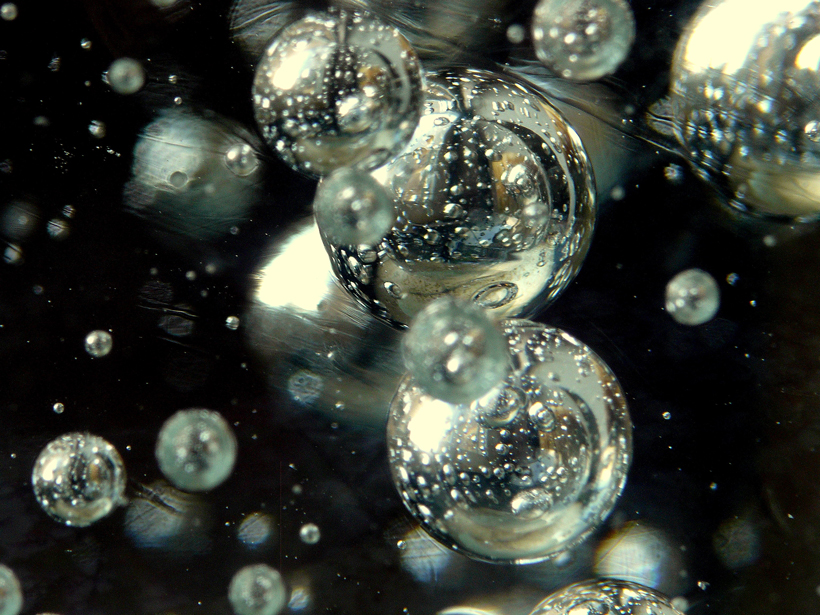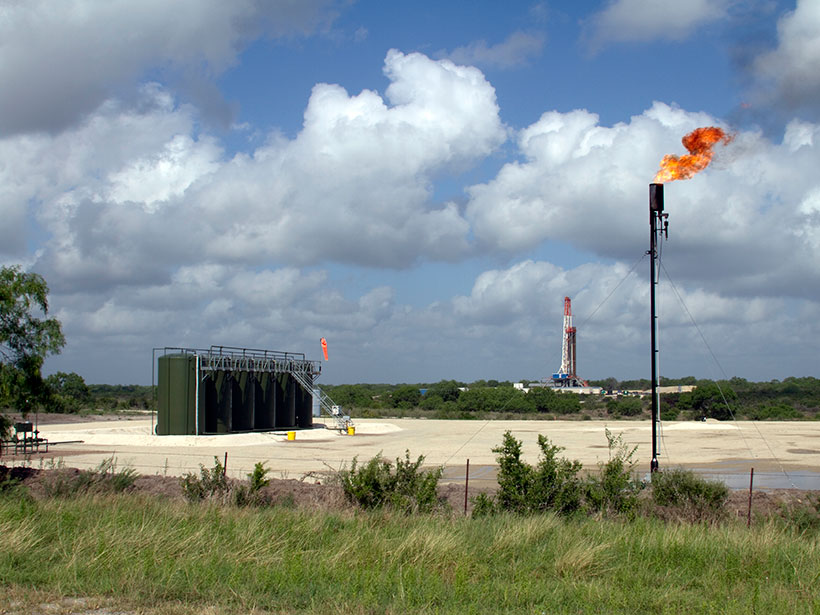Researchers race to measure and predict the Greenland ice sheet's seaward slide.
Authors who want CC-BY-NC 2015
The Art and Science of Hubble's Images
How do Hubble images get their vivid colors and subtle shading?
Initiative Aims to End Routine Flaring of Natural Gas
A new initiative to curtail the wasteful burning of natural gas associated with oil production could lead to significant environmental and public health benefits.
Hubble Turns 25
Breathtaking images, groundbreaking science, and a demonstration of humankind's ability to work in space have made Hubble a cultural icon for a quarter of a century.
Humans Greatly Increase Mercury Levels in the Ocean
A study of the natural cycle of mercury reveals that humans are to blame for a five- to sixfold increase in the oceanic concentrations of the potentially toxic element.
What Will Become of Sweet Briar’s Atmospheric Research Station?
In the middle of the college's financial fight stands an atmospheric research tower with an uncertain future.
Is the Shale Boom Reversing Progress in Curbing Ozone Pollution?
Concentrations of volatile organic compounds—precursors to ground-level ozone formation—are on the rise in areas over and downwind of a major shale oil and gas field in Texas.
Ghiorso and Sack Receive 2014 Norman L. Bowen Award
Mark Ghiorso and Richard O. Sack received 2014 Norman L. Bowen Awards at the 2014 American Geophysical Union Fall Meeting, held 15–19 December in San Francisco, Calif. The award recognizes outstanding contributions to volcanology, geochemistry, or petrology.
Jackson Receives 2014 Hisashi Kuno Award
Matthew Jackson received the 2014 Hisashi Kuno Award at the 2014 American Geophysical Union Fall Meeting, held 15–19 December in San Francisco, Calif. The award recognizes "accomplishments of junior scientists who make outstanding contributions to the fields of volcanology, geochemistry, and petrology."
Finding Debris Clouds Around Asteroids Headed Our Way
Small spikes in the solar system's magnetic field may help scientists detect overlooked and possibly dangerous debris clouds around near-Earth asteroids.








